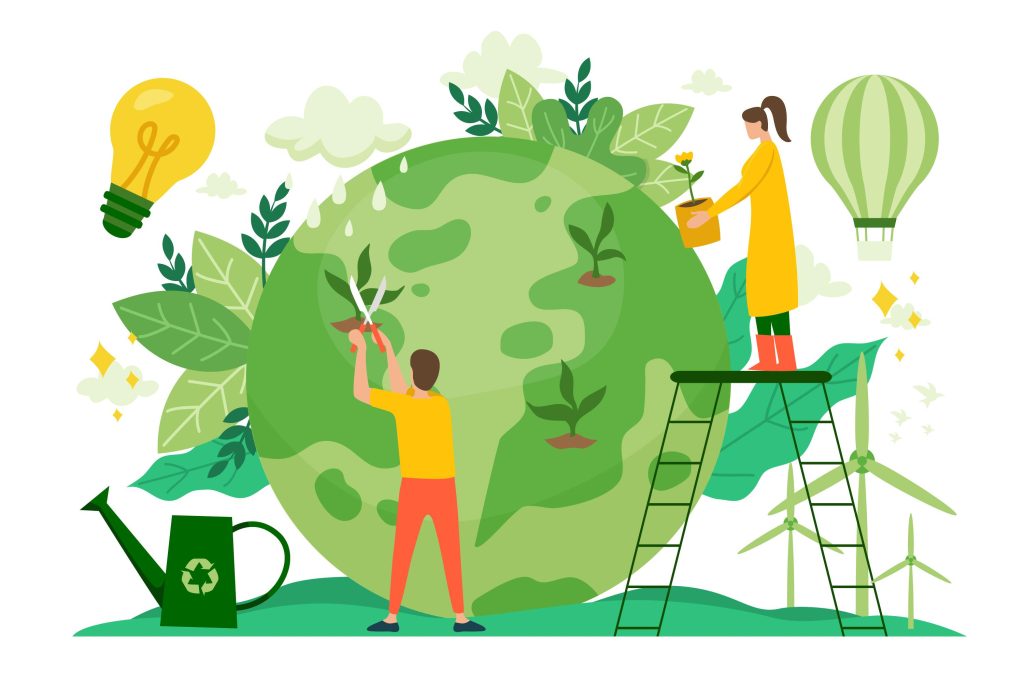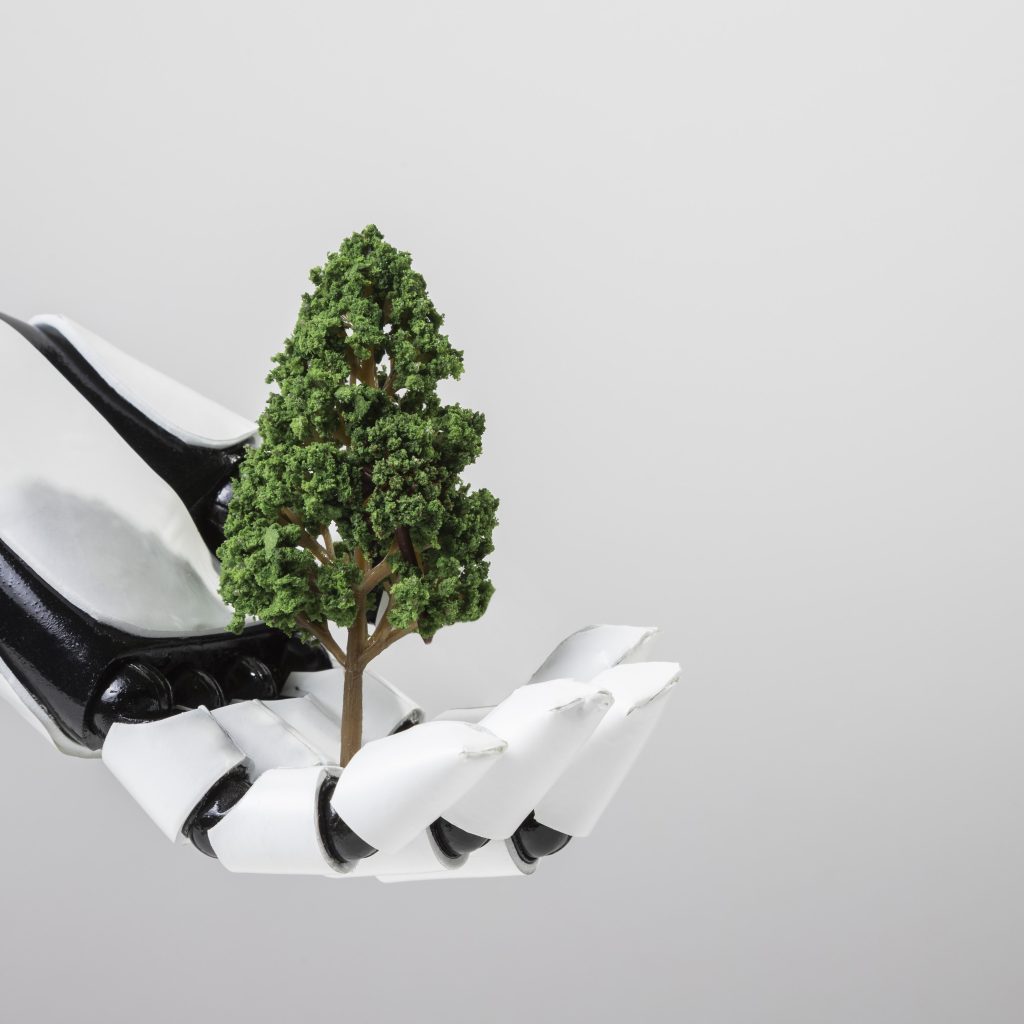
Do data centres truly improve sustainability?
Do data centres truly improve sustainability? Fernando GómezSettings The rise of Industry 4.0 and the increasing use of new technologies have created a significant dependence
Since the start of the 2021-2027 programming period, the LIFE Programme has financed more than 450 projects across its sub-programmes, Environment, Circular Economy, Climate Change Adaptation and Mitigation, and Clean Energy Transition. This portfolio of projects offers a valuable lens to observe how EU climate and environmental priorities are evolving.
The LIFE Programme has shifted decisively toward replicability, regulatory alignment, and market scalability. As the climate crisis intensifies, LIFE is no longer just a funder of pilots, but a strategic instrument for systemic change, bringing together policy, science, and business. The next frontier lies in mainstreaming these solutions across Europe’s industrial, urban, and natural systems, ensuring the green transition becomes not just possible, but inevitable. From pilot initiatives to industrial demonstrators, LIFE is moving decisively towards scalability, market integration, and sectoral transformation.
In 2021-2022, LIFE-funded projects predominantly centered on proof-of-concept initiatives, with average project budgets below €2 million. These were often rooted in ecosystem restoration (e.g., wetland conservation in Slovenia’s LIFE AMPHICON) or water treatment (e.g., Spain’s LIFE MATRIX). By 2023-2024, however, the average LIFE grant for Circular Economy and Climate Mitigation projects exceeded €3.5 million, with some exceeding €6 million, such as LIFE HyPoGen, which focuses on green hydrogen generation from wastewater biogas, or LIFE SF6-FreeGrid, which is piloting sulphur hexafluoride (SF6)-free switchgear systems in transmission networks across Germany, France, and the Netherlands.
This shift from demonstration-scale to industrial application is particularly evident in decarbonisation technologies, textile circularity, and chemical recycling infrastructures.
Between 2021 and 2024, over €180 million was allocated to Climate Adaptation actions. Early projects prioritized nature-based solutions (NBS), such as LIFE URBAN-ADAPT, which implemented riparian green corridors in Czech cities.
By 2023-2024, project profiles evolved into more integrative and urban-focused strategies. For example, LIFE BAUHAUS-LABS (2023) connects climate adaptation with the New European Bauhaus, embedding aesthetic and participatory design in heat-resilient cityscapes. Projects increasingly included GIS-based flood modelling, urban heat island mitigation, and real-time sensor networks. Co-creation processes became a hallmark, with many cities (e.g., Milan, Ghent, Vilnius) hosting citizen labs to shape green infrastructure solutions.

Over €210 million has been granted for Environment and Resource Efficiency projects since 2021. While the early years featured broad actions on waste valorisation and pollution control, 2023–2024 saw more alignment with EU regulatory timelines, such as the PFAS ban, REACH updates, and the Zero Pollution Action Plan.
Notable examples include:
Digitalisation also accelerated, with over 40% of projects in 2023 integrating AI or IoT for real-time monitoring of emissions, water quality, or biodiversity.

Between 2021 and 2024, Circular Economy projects accounted for roughly 25% of LIFE funding. The evolution is striking from generic approaches to municipal waste recovery in 2021, to 2024’s highly sectoral and high-tech actions.
Examples include:
Industrial consortia now represent over 60% of funded partners, with strong involvement from large corporates and SMEs in mining, textiles, chemicals, and agrifood sectors.
Climate Mitigation actions between 2021-2024 drew over €220 million in LIFE grants. Early projects focused on land-based carbon sinks—notably peatland restoration and regenerative agriculture, such as LIFE PeatRestore+ (Germany, Poland, Baltic States).
The shift toward industrial decarbonisation is pronounced by 2024:
Life Cycle Assessment (LCA) and GHG accounting are now standard components, with many projects publishing open-access emission reduction benchmarks.
The Clean Energy Transition (CET) strand, newly integrated into LIFE in 2021, has gained significant momentum. From 2021 to 2024, CET funded over 120 projects, representing a total budget of €330 million, with actions focusing on:
From 2021 to 2024, the total LIFE budget committed exceeded €1.4 billion, with a 30% increase in average project size compared to the previous LIFE period (2014-2020). The following trends stand out:

Do data centres truly improve sustainability? Fernando GómezSettings The rise of Industry 4.0 and the increasing use of new technologies have created a significant dependence

Tracking Europe’s Green Transition: Insights from LIFE programme trends (2021–2024) Marie LatourSettings Since the start of the 2021-2027 programming period, the LIFE Programme has financed

Bioeconomía Circular: convergencia estratégica entre la economía circular y la bioeconomía Fernando GómezSettings Both the bioeconomy and the circular economy have gained increasing attention over
